Diet For Dry Skin: 16 Best Foods To Lock Moisture Naturally
Say goodbye to all flaky, dehydrated skin issues with proper nutrition intake.
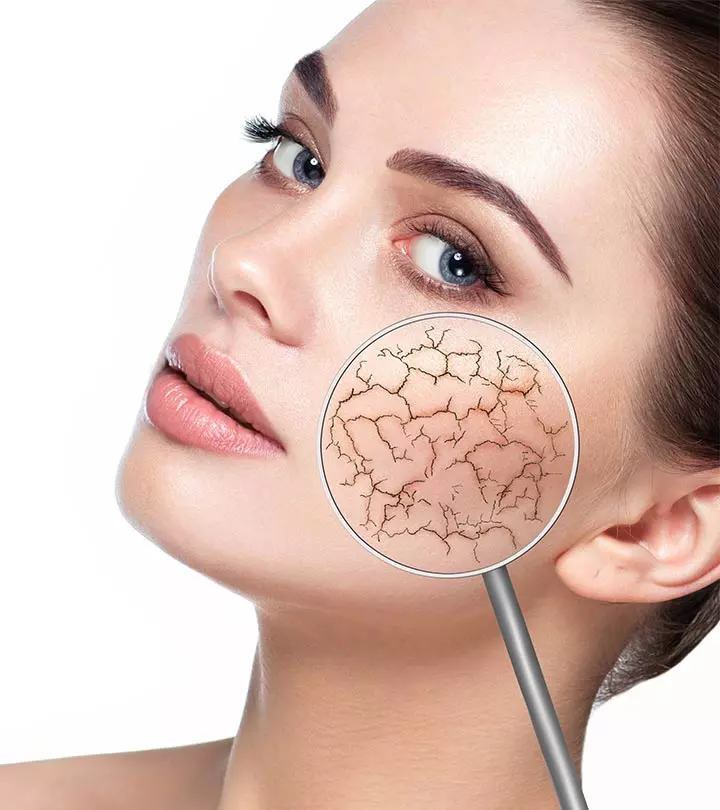
Image: ShutterStock
Dry, flaky, and cracked skin is rough to touch and painful. Extremely dry skin looks malnourished and dull throughout the year and is a site for skin infections. Well, it affects a fairly large size of the population. A study revealed that approximately 22.2% of surveyed European adults and 95 million people complained of uncomfortable skin sensations such as dryness, tightness, and itching. In addition, 14.8% of women and 13.6% of young respondents reported tightness and itching. Lastly, the study found that uncomfortable skin conditions vary according to age and sex. If the external application of moisturizer is not doing enough, it is time to try the dry skin diet. Foods and drinks that flush out toxins and lock in moisture are the best remedy for dry skin. Here are 16 foods that hydrate and moisturize your skin to make it glowing and flawless. Keep reading!
 At A Glance: Diet For Dry Skin
At A Glance: Diet For Dry Skin- Principle: Diet comprising foods rich in hydrating nutrients, antioxidants, and healthy fats to nourish skin from within
- Purpose: To improve skin hydration and promote moisture retention to naturally alleviate dry skin conditions
- Who It Is For: Individuals experiencing dry skin issues
- Duration: Long-term
- Caution: Some foods may trigger allergic reactions or interfere with blood thinning medications (Warfarin) or cardiac medications
In This Article
16 Best Foods To Hydrate Dry Skin
Healthy, moisturized skin begins internally and is not just achieved through topical treatments. A healthy diet is essential for both general wellness and the health of the skin. Knowing how various foods affect the moisture of your skin will help you make dietary decisions that will benefit your body and enhance the appearance of your skin. To effectively combat dry skin, try the following foods that are high in essential nutrients and have hydrating properties.
1. Water
When it comes to treating dry skin, the first and the most important factor is water. Water rehydrates your cells, maintains homeostasisi A steady internal chemical and physical condition that all biological systems maintain. , prevents aging, and keeps all your cells active and functioning. Not drinking enough water can result in cutaneous water loss, leading to many skin problems, including dry and flaky skin. Drink at least 3 liters of water (or more if you work out regularly) per day to help your cells maintain their volume and shape (1).
How To Treat Dry Skin With Water
- If you constantly forget to drink water, set reminders on your phone or paste post-it notes in every corner of your house or at your work station.
- You can also add sliced fruits, herbs, and spices to your water to make it look and taste more interesting.
Deborah Magone, a blogger, shared that her skin was prone to dryness and itchiness during the winter. She noticed that her water intake was linked to it. She wrote, “I noticed when I went 2 days around Thanksgiving eating what I wanted and not paying attention to food or water intake, after 2 days my skin became visibly drier, flakier, and itchier (i). After that, she increased her water intake and experienced her skin getting less flaky and itchy. She started keeping a glass of water by her bed at night.
2. Nuts
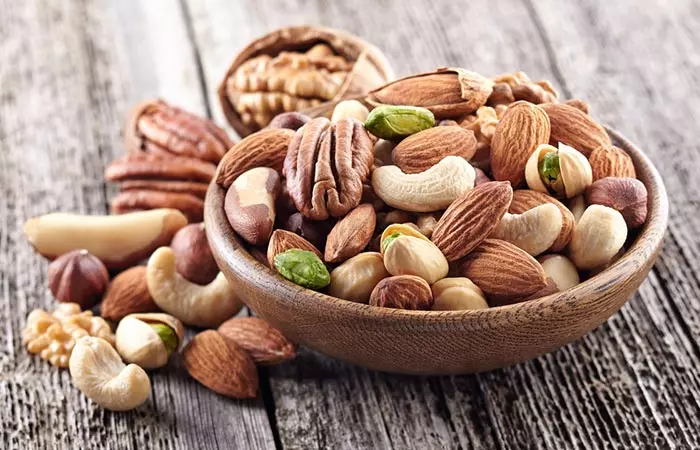
Nuts, such as almonds, walnuts, macadamia, pine nuts, pistachios, cashews, and hazelnuts, are loaded with essential fatty acids (EFAs) like omega-3 and omega-6 fatty acids, proteins, vitamin E, B-group vitamins, magnesium, selenium, copper, iron, zinc, calcium, potassium, and dietary fiber. These nutrients help maintain cell turgidity and integrity, improve circulation, and hydrate the cells, thereby making your skin soft, supple, and glowing (2).
How To Treat Dry Skin With Nuts
- Soak the nuts overnight. Have a handful of nuts in the morning with your breakfast. You can also add nuts to your breakfast smoothie, salad, stir-fries, milk, etc. However, the amount of nuts you consume needs to be moderate or limited to avoid excess fat intake.
- Take 4-6 almonds (soaked overnight), remove their skin, and use a blender to make almond paste. Add two tablespoons of milk and mix well. Apply this mask on your face and leave it on for 20 minutes. Wipe it off with a clean and soft cloth dipped in lukewarm water.
3. Avocado
A single cup of pureed avocado contains 23 mg of vitamin C, 4.8 mg of vitamin E, 16.1 µg of vitamin A, 48.3 µg of vitamin K, 253 mg of omega-3 fatty acids, and 183 µg of folate (3). These nutrients help repair the skin tissues, rehydrate the skin cells, make the skin supple, and reduce wrinkles (4).
How To Treat Dry Skin With Avocados
You can consume avocado by making avocado sauce, adding avocado to your salad, or making avocado smoothie and guacamole.
You can also apply it externally. Prepare a mask by mashing one-quarter of an avocado and adding yogurt and honey to it. Keep it on for 20 minutes, then wipe it off with a soft cloth dipped in lukewarm water.
4. Flaxseeds
A tablespoon of flaxseeds can help treat constipation, aid weight loss, improve cardiovascular health, protect you from cancer, and, of course, treat your skin problems. Flax seeds are rich in essential fatty acids (omega-3 and omega-6), lignansi A major category of low-molecular-weight polyphenols present in plants, especially in seeds, whole grains, and vegetables. , phytoestrogeni A chemical compound that, when consumed, can behave similar to the estrogen hormone. , proteins, and dietary fiber (5). Flaxseeds have been found to decrease skin irritation, transepidermal water loss, roughness, and scaling and improves skin smoothness and hydration (6).
Caution: If you have cardiac problems or are on blood-thinners, consult your physician before adding flaxseeds to your daily diet as they also act as blood thinners and may interact with your medication.
How To Treat Dry Skin With Flaxseeds
- Consume milled flaxseeds or flaxseed powder to facilitate their digestion and nutrient absorption. Add flaxseed powder to your morning breakfast, smoothies, juices, salads, etc.
- Add a teaspoon of yogurt to a tablespoon of flaxseed powder and mix well. Apply this mask on your skin and leave it on for 20 minutes. Rinse it off with lukewarm water.
5. Banana
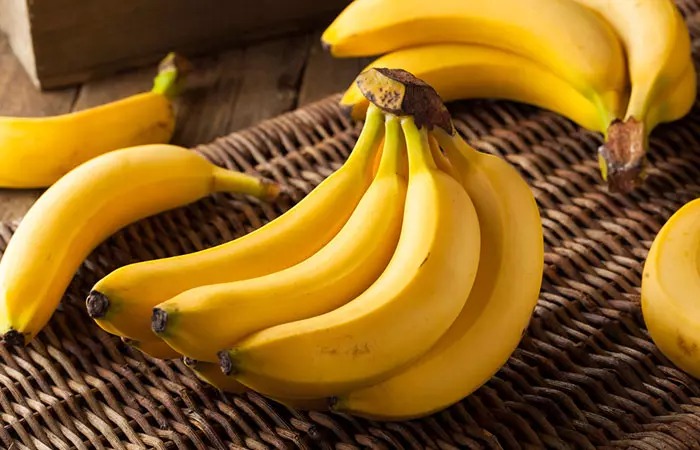
Bananas are rich in vitamins A, B, C, and D, niacini A B-complex vitamin the body needs in very small amounts to build cholesterol and lipids, repair DNA, and help turn nutrients into energy. , riboflavini A B-complex vitamin necessary for the metabolic production of energy. , thiamini A soluble, white, crystalline vitamin necessary for the metabolism of carbohydrates and is found in the outer layer of grains. , copper, zinc, iron, magnesium, calcium, potassium, phosphorus, folate, and dietary fiber (7). The dietary fiber in bananas helps flush out the toxins, thereby helping in skin rejuvenation. It is also said that consuming bananas regularly can give your skin the glow and smoothness that it needs, though there is no scientific evidence to prove the same.
Caution: If you have kidney problems or diabetes, consult your physician or dietitian before adding bananas to your daily diet.
How To Treat Dry Skin With Banana
- Consume at least one banana (and not more than two bananas) per day. You can have it as a snack or make banana smoothies, pancakes, muffins, cakes, or add it to your breakfast cereal.
- You can make a banana face pack by mashing half a banana with one teaspoon of honey and one tablespoon of yogurt. Apply it on your face evenly. Leave it on for 20 minutes and then wash it off with lukewarm water.
6. Aloe Vera
This green and fleshy plant has a myriad of health benefits. Treating dry skin or, for that matter, any skin problem is one of them. You can also include this if you are following a plant-based diet. Aloe vera gel contains lipidsi A large class of naturally occurring substances that includes waxes, sterols, fat-soluble vitamins, and other types of fats. , water, vitamins A, C, E, B12, and cholinei A nutrient essential for the production of lipids and their transportation from the liver. , minerals, such as zinc, copper, potassium, magnesium, selenium, chromium, and calcium, amino acids, glycosides, anthraquinonesi A yellow, crystalline solid that is used to make dyes. , and glucomannansi A water-soluble molecule also considered dietary fiber. . Aloe vera has antioxidant, antibacterial, and anti-inflammatory properties. It helps rehydrate, moisturize, and is one of the skin softening foods. It promotes collagen synthesis, slows down skin aging, and protects the skin from UV radiation (8).
How To Treat Dry Skin With Aloe Vera
- You can consume aloe vera juice that is sold in pharmacies. Do not consume aloe vera gel or homemade aloe vera juice as it may contain fatal toxins.
- Mash the aloe vera gel and apply it on your skin. Leave it on for 20 minutes, then wipe it off with a clean, soft cloth dipped in lukewarm water.
7. Olive Oil
The ancient Egyptians used olive oil as one of the ingredients in their cosmetics. The fatty acids present in olive oil help maintain the integrity of the outer layer of the skin and heal wounds, have anti-inflammatory and antioxidant properties, protect the skin from photodamage, prevent scar formation, and hydrate the skin (9). So, olive oil can help nourish and soften your skin after just a few applications. The best part is it is not as sticky as coconut oil, neither does it have a strong smell.
How To Treat Dry Skin With Olive Oil
- Make your salad dressing with extra virgin olive oil and use it to cook all your meals.
- Apply olive oil topically. You can also mix two tablespoons of olive oil, two tablespoons of milk, and one tablespoon of honey and apply the mixture on your skin. Leave it on for 30 minutes, then wash it off with lukewarm water.
8. Fish
Cold-water fish, such as cod, salmon, tuna, and herring, can be highly beneficial for your health. These fish are rich in omega-3 fatty acids and also maintain the recommended omega-3 to omega-6 fatty acids ratio (1:1). Consuming these fish will help reduce inflammation, flush out toxins, and lock moisture in your skin (10). It is best to include in your skin nourishing diet skin it softens your skin, and leaves it glowing. Moreover, these fish are also a good source of nutrients that help keep your cells proactive, leading to their better functioning and appearance. It is recommended to eat seafood twice a week in mediterranean diet.
How To Treat Dry Skin With Fish
- Buy wild-caught Alaskan salmon, freshly-caught tuna, cod, or herring from the local fish market. You can also buy these fish from the supermarket, but make sure they are fresh. To treat dry skin, you should eat the fish with the skin as the fat layer below the skin is rich in omega-3 fatty acids. You can grill, bake, poach, or make curry with the fish.
- You can also consume fish oil capsules. Consult your doctor for the recommended dosage.
 Did You Know?
Did You Know?9. Cucumber
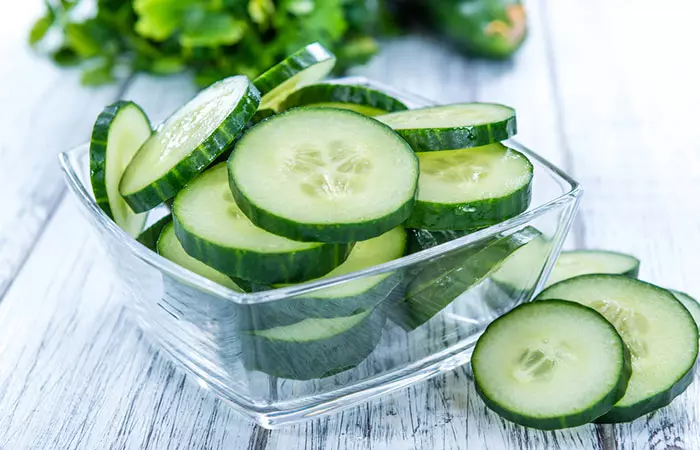
Cucumbers are excellent for treating dry skin. One cucumber contains 287 g water, vitamins A, C, and K, folate, calcium, magnesium, potassium, zinc, selenium, phosphorus, omega-3 fatty acids, and dietary fiber (11). The high water content of cucumber makes it one of the best foods to treat dry skin. Moreover, cucumber skin is also a great source of silica, an important component of the muscles, tendons, ligaments, cartilage, and bones (12). This makes the skin healthy.
How To Treat Dry Skin With Cucumber
- Thinly slice the cucumbers, sprinkle some salt, and consume them. Or, you can add cucumber to your salad, sandwich, or detox water, or make cucumber soup and cucumber juice.
- Peel the cucumber and finely grate it. Add a teaspoon each of honey and aloe vera gel and mix well. Apply this mask and leave it on for 20 minutes. Wipe the mask off with a clean and soft cloth dipped in lukewarm water.
10. Dark Leafy Greens
Dark leafy greens are great for your skin (13). Kale, spinach, broccoli, cabbage, chard, collard greens, turnip greens, dandelion greens, etc., are rich sources of vitamins A, B, C, and K, calcium, zinc, magnesium, iron, and folic acid, and dietary fiber. They are also antioxidative and anti-inflammatory in nature (14). Thus, they may help heal dry and itchy skin by removing toxins from your body and soothing your skin.
How To Treat Dry Skin With Dark Leafy Greens
- You can make a green smoothie with spinach or kale. Consume blanched dark leafy greens. You can also stir-fry them or have them in salads or sandwiches.
- Buy fresh, dark leafy greens. You can store them in ziplock bags, but not for more than three days.
11. Eggs
Eggs are loaded with vitamins A, D, and E, folate, choline, protein, omega-3 and omega-6 fatty acids, calcium, potassium, phosphorus, selenium, and sodium (15). If you are consuming eggs to get rid of dry and flaky skin, remember to consume the egg yolk. Consume it in limited amounts, depending on individual predisposition to the risk of raised cholesterol levels or cardiac issues. It contains fat-soluble vitamins that help improve the membrane integrity of the skin cells (16).
How To Treat Dry Skin With Eggs
- Consume 1-2 whole boiled or poached eggs in the morning for breakfast. You can also have scrambled eggs. Add eggs to your salad or sandwich for lunch.
- Apply egg yolk on your skin. Leave it on for 10 minutes and wash it off with lukewarm water.
12. Pomegranate
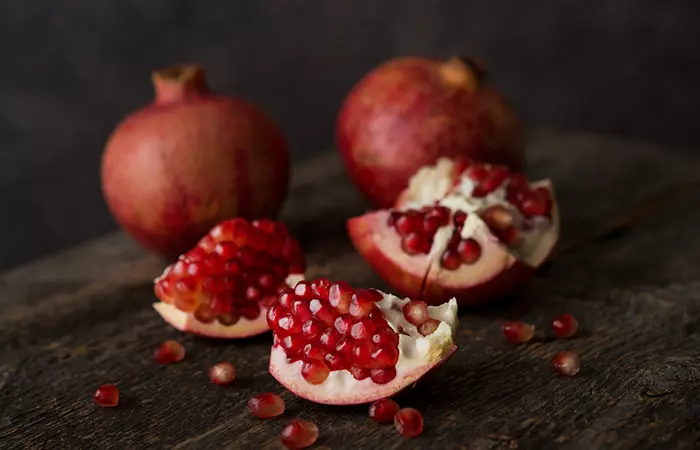
It’s practically impossible to eat a pomegranate without the seeds. And you need those seeds to treat your skin. Pomegranate seeds have anti-inflammatory and antioxidant properties (17). Therefore, they may help improve skin elasticity and reduce irritation, inflammation, and itching. Pomegranates are also rich in water, vitamins A and C, and minerals (18). This helps hydrate the skin cells and heal the cracks formed due to dryness.
How To Treat Dry Skin With Pomegranate
- Have half a cup of pomegranate as a snack or with your morning breakfast. You can also add pomegranate to your salad or drink pomegranate juice.
- Apply pomegranate oil with olive oil on your skin. Leave it on for 20 minutes, then wash it off with lukewarm water.
13. Chamomile Tea
Chamomile tea is packed with vitamin A, folate, and good for mineral-rich diet as they include potassium, sodium, calcium, magnesium, and iron (19). Chamomile tea has many anti-inflammatory compounds, such as alpha-bisabolol and chamazulene, which help soothe dry and itchy skin. It also has antioxidant properties that help reduce the toxic load from the body, thereby allowing the cells to function properly (20). The water present in chamomile tea also helps in hydrating the skin.
How To Treat Dry Skin With Chamomile Tea
- Have a cup of chamomile tea instead of coffee. You can also make chamomile iced tea and experiment by adding lemon, ginger, or honey to change the flavor.
- Lightly pat the chamomile tea bags on your skin or make a chamomile tea bath by adding chamomile tea, honey, and coconut oil to your bath water.
14. Sweet Potato
Sweet potatoes are rich in vitamins A, B6, B3, B2, and B1, pantothenic acid, biotin, copper, potassium, phosphorus, dietary fiber, and carotenoids (21). The carotenoids present in sweet potatoes are antioxidants and help stimulate the activity of antioxidant enzymes. Anthocyanin, another pigment found in sweet potatoes, and is beneficial for anti-inflammatory diet. So, by consuming sweet potatoes, you will be able to soothe your skin and get rid of toxins. Moreover, a study conducted on rats has found that sweet potatoes can help heal painful cracked skin (22).
How To Treat Dry Skin With Sweet Potato
- Have delicious grilled, baked, or sautéed sweet potatoes.
- Grate a sweet potato and squeeze the juice out. Mix a teaspoon of honey in it. Dab the mixture on your skin and leave it on for 30 minutes. Wash it off with lukewarm water.
15. Coconut Oil
Coconut oil has been used for thousands of years to treat many skin and hair problems (23). In fact, its unique medium-chain fatty acids also make it a good oil for consumption for reducing weight (24). Coconut oil contains a good amount of vitamins E and K, monounsaturated, polyunsaturated, and saturated fats, and proteins. It also has antibacterial, antioxidant, and anti-inflammatory properties. It provides the skin with adequate amounts of fat, an integral part of cells, and moisturizes the skin, thereby making it soft and shiny (23).
How To Treat Dry Skin With Coconut Oil
- Buy cooking coconut oil from a nearby supermarket and use 2-3 tablespoons of it in your food preparations. You can also make your salad dressing with coconut oil instead of olive oil. Have bulletproof coffee to give your body that extra dose of coconut oil.
- Apply organic coconut oil on your skin and leave it on for an hour (if you are in a hurry) or overnight. Take a warm shower and wash it off with a mild shower gel or soap.
16. Kiwi
Kiwi is rich in antioxidants like vitamin C and beta carotene that help fight free radicals that otherwise may cause skin damage (25), (26). Vitamin C also supports collagen synthesis, which is essential for maintaining firm and youthful skin (27). Anecdotal evidence suggests that topical application of kiwi may reduce the appearance of skin blemishes, pigmentation, and acne breakouts. This may be possible due to the fruit’s antimicrobial nature (28).
How To Treat Dry Skin With Kiwi
- Eat the whole fruit or add it to your smoothies, salads, oatmeal, and chia pudding.
- Mash half a kiwi into a smooth paste and mix it with half a tablespoon each of yogurt and honey. Apply the mixture to your face and neck and leave it on for 15-20 minutes. Rinse it off with lukewarm water and pat dry.
 Quick Tip
Quick TipThese are the 16 foods that treat or heal dry skin. Moreover, it is crucial to have a skincare routine for dry skin and a healthy diet that includes all the above-mentioned food suggestions. Take a look at the list below to see what else you can do to protect your skin from becoming dry and dull.
Points To Remember
- Avoid consuming alcohol as it causes dehydration.
- Drink enough water.
- Use a face pack for dry skin.
- Apply a hydrating serum and sunscreen before stepping out.
- Use a shower gel for dry skin when taking a shower.
- Use a body lotion right after stepping out of the shower.
- Always carry a good moisturizer and chapstick with you. Ensure you do not apply a water-based moisturizer.
- Take some time out every day to de-stress.
- Incorporate regular exercise to improve circulation
- Get better sleep.
- See a doctor.
Key Takeaways
- Consume nuts and dried fruits, as they are rich in fatty acids that may hydrate skin cells.
- Apply aloe vera to smooth the skin and rub cucumber slices for a cooling effect on dry skin.
- Consume flaxseeds, bananas, and green leafy vegetables to achieve a healthy body and youthful glow.
- Add sweet potatoes, pomegranates, eggs, and fish. to your daily diet to cover nutrition needs and improve skin health.
Infographic: Tips To Prevent Dry Skin
While adding the above food items to your nutrient-rich diet help you nourish your skin by locking in its natural moisture, it is also important to know how you can prevent dry skin in the first place. Following the simple practices mentioned below can help keep your skin soft and supple.
Have a look at the infographic below to get a better idea! Illustration: StyleCraze Design Team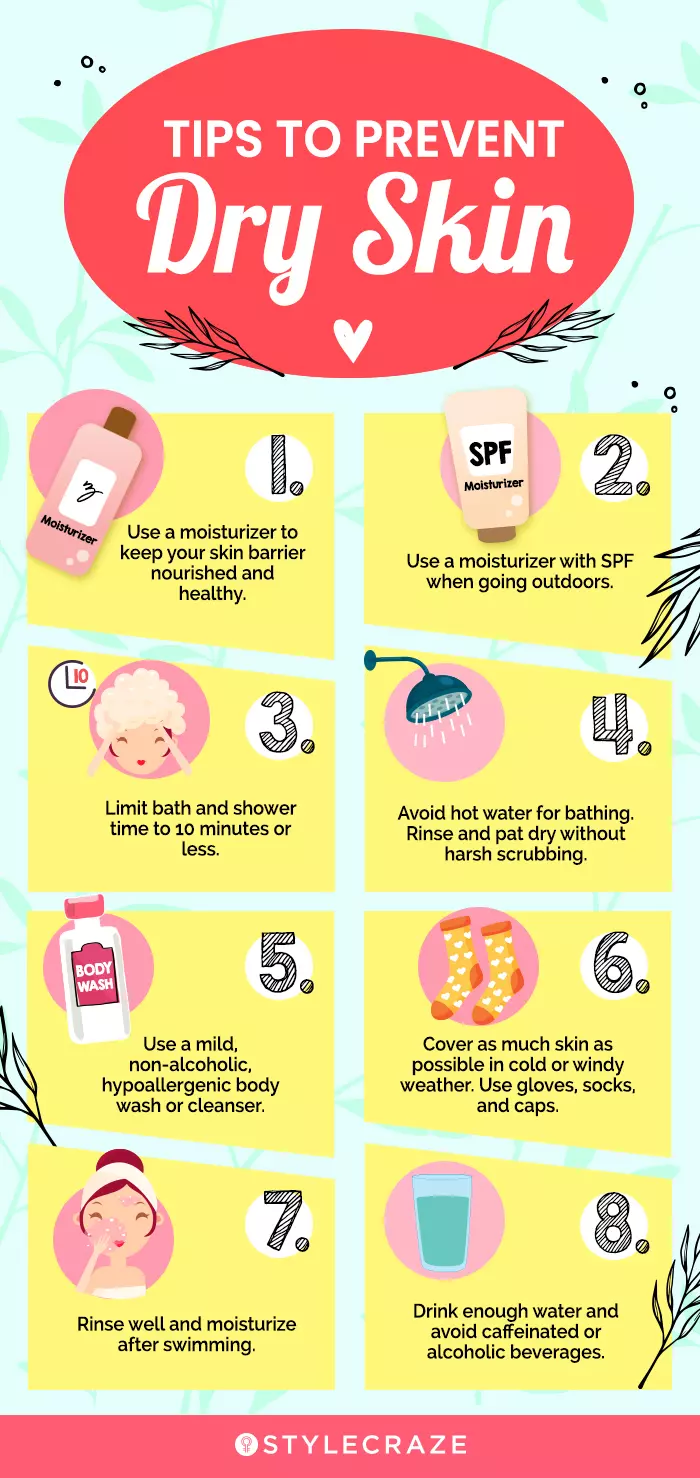
A diet for dry skin typically includes skin-hydrating vegetables, fruits, oils, and herbs that are rich in essential fatty acids, minerals, trace elements and vitamin-rich foods. These include eggs, coconut oil, avocado, pomegranate, and aloe vera. The diet starts with the most fundamental concept: hydrating your body adequately by drinking at least three liters of water a day. Apart from following a healthy balanced diet, you need to maintain a good skin care routine, like using shower gels, body lotions, moisturizers, hydrating serums, and sunscreen to keep your skin healthy and nourished. Most importantly, proper sleep and a stress-free lifestyle also contribute to your skin health.
Frequently Asked Questions
Which foods are good for dry skin?
You must drink water to hydrate your skin from within. Consume nuts, seeds, avocado, fish, green leafy veggies, and chamomile tea for hydrated, beautiful skin.
Which foods are bad for skin?
Oily fried food is bad for your skin. Foods containing high amounts of sodium, sugar, and trans fats are a big no-no if you want to improve the health of your skin.
How can I improve my dry skin?
Start taking care of your skin from inside out. Change your diet. Consume a diet suitable for dry skin. Include nuts, seeds, olive oil, avocado, fresh veggies, tea, and frequent water intake in your diet. Working out (staying active) causes sweating, which also helps flush out toxins. Use a hydrating face pack every alternate day and a moisturizing soap/shower gel and lotion daily.
What is the best vitamin for dry skin?
Vitamin E is the best vitamin for dry skin. Consult a doctor before taking vitamin E supplements for dry skin.
What vitamin deficiency causes dry skin?
B-vitamin deficiency may cause dry, itchy, and flaky skin. Consult a doctor and consume vitamin B12, B6, and B3 supplements to improve dry skin.
Is milk good for dry skin?
Yes, milk is good for dry skin if you apply it topically. Milk sometimes cause breakouts and may not suit everyone. It is best to apply it topically. Use a teaspoon of honey to make a milk and honey homemade face pack. Leave it on for 10 minutes before washing it off with water.
Can stress cause dry skin?
Yes, stress can cause dry skin. Stress causes toxin build-up. Also, if you do not drink water or have anti-inflammatory or antioxidant-rich diet, your skin can dry out quickly.
Does drinking water help dry skin?
Yes, hydration is the best way to reduce skin dryness. Drink at least 2-3 liters of water if you are a woman and 3-4 liters of water if you are a man. Increase water consumption if you work out regularly. Water will flush out toxins and re-hydrate your skin cells, thereby making your skin look plump and glowing.
What is the main cause of dry skin?
The main cause of dry skin is a lack of moisture. This can occur due to aging, UV damage, harsh cleaning agents, cold or dry weather, medical issues, or excessive bathing.
How long does dry skin take to heal?
The prickliness and itchiness of dry skin usually go away within 1-2 weeks if you start taking good care of your skin.
Illustration: Diet For Dry Skin - 16 Best Foods That Lock Moisture Naturally
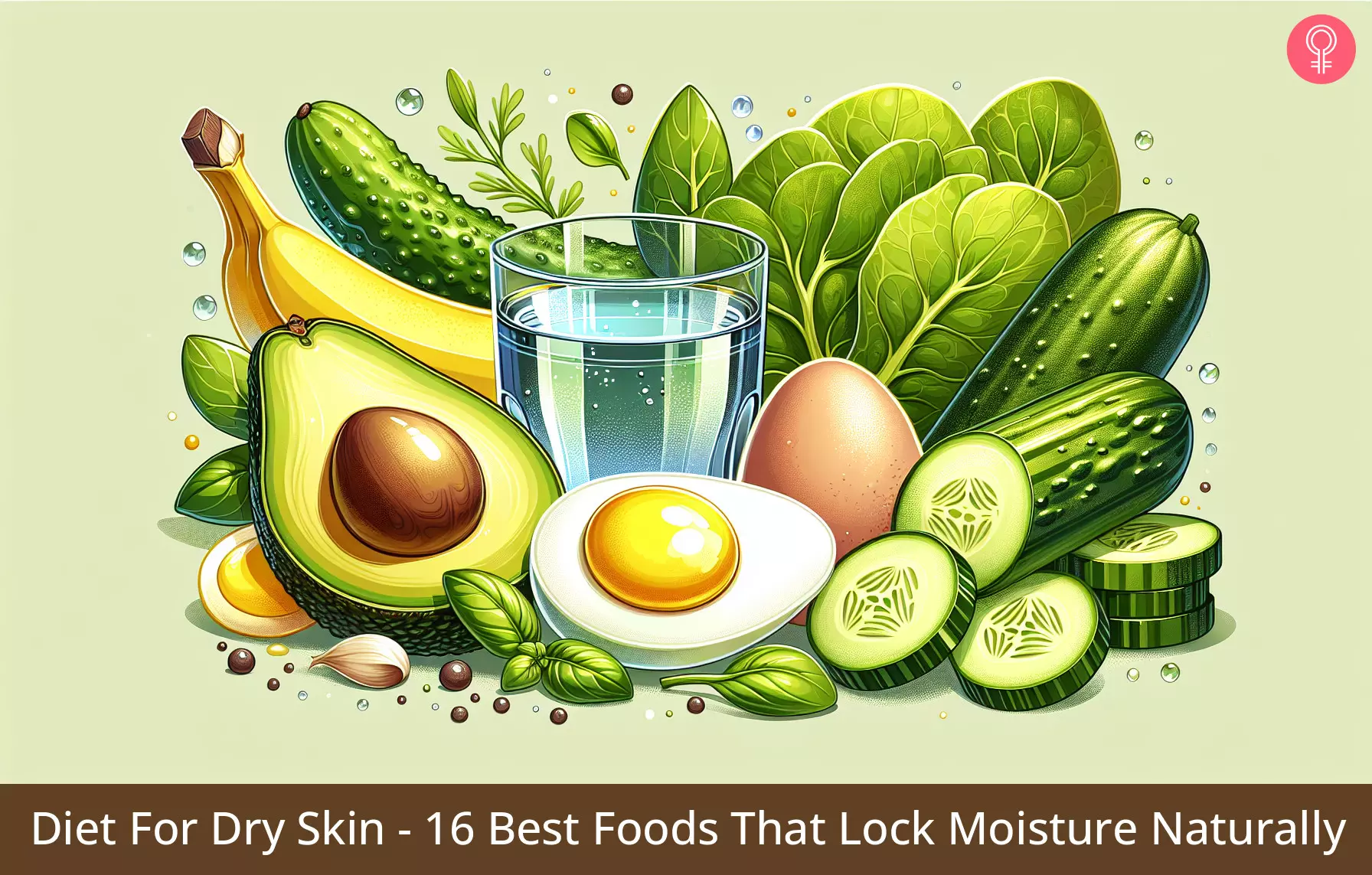
Image: Dall·E/StyleCraze Design Team
Learn what is the best diet for dry skin by discovering which foods to eat and which to avoid for maximum hydration. Check out this video now to get glowing, healthy skin!
Personal Experience: Source
StyleCraze's articles are interwoven with authentic personal narratives that provide depth and resonance to our content. Below are the sources of the personal accounts referenced in this article.
i. Itchy Dry Winter Skin?https://karmakology.wordpress.com/2019/11/20/itchy-dry-winter-skin/
References
Articles on StyleCraze are backed by verified information from peer-reviewed and academic research papers, reputed organizations, research institutions, and medical associations to ensure accuracy and relevance. Read our editorial policy to learn more.
- Dietary water affects human skin hydration and biomechanics, Clinical, Cosmetic and Investigational Dermatology, US National Library of Medicine, National Institutes of Health.
https://www.ncbi.nlm.nih.gov/pmc/articles/PMC4529263/ - Diet and Dermatology, The Journal of Clinical and Aesthetic Dermatology, US National Library of Medicine, National Institutes of Health.
https://www.ncbi.nlm.nih.gov/pmc/articles/PMC4106357/ - Avocado, raw, FoodData Central, US Department of Agriculture.
https://fdc.nal.usda.gov/fdc-app.html#/food-details/341528/nutrients - Discovering the link between nutrition and skin aging, Dermatoendocrinology, US National Library of Medicine, National Institutes of Health.
https://www.ncbi.nlm.nih.gov/pmc/articles/PMC3583891/ - Seeds, flaxseed, FoodData Central, US Department of Agriculture.
https://fdc.nal.usda.gov/fdc-app.html#/food-details/169414/nutrients - Supplementation of flaxseed oil diminishes skin sensitivity and improves skin barrier function and condition, Skin Pharmacology and Physiology, US National Library of Medicine, National Institutes of Health.
https://pubmed.ncbi.nlm.nih.gov/21088453/ - Bananas, raw, FoodData Central, US Department of Agriculture.
https://fdc.nal.usda.gov/fdc-app.html#/food-details/341529/nutrients - ALOE VERA: A SHORT REVIEW, Indian Journal of Dermatology, US National Library of Medicine, National Institutes of Health.
https://www.ncbi.nlm.nih.gov/pmc/articles/PMC2763764/ - Therapeutics role of olive fruits/oil in the prevention of diseases via modulation of anti-oxidant, anti-tumour and genetic activity, International Journal of Clinical and Experimental Medicine, US National Library of Medicine, National Institutes of Health.
https://www.ncbi.nlm.nih.gov/pmc/articles/PMC4057827/ - Omega-3 Polyunsaturated Fatty Acids: Benefits and Endpoints in Sport, Nutrients, US National Library of Medicine, National Institutes of Health.
https://www.ncbi.nlm.nih.gov/pmc/articles/PMC6357022/ - Cucumber, raw, FoodData Central, US Department of Agriculture.
https://fdc.nal.usda.gov/fdc-app.html#/food-details/342612/nutrients - Silicon bioavailability in exocarp of Cucumis sativus Linn., 3 Biotech, US National Library of Medicine, National Institutes of Health.
https://www.ncbi.nlm.nih.gov/pmc/articles/PMC5678890/ - The Role of Phytonutrients in Skin Health, Nutrients, US National Library of Medicine, National Institutes of Health.
https://www.ncbi.nlm.nih.gov/pmc/articles/PMC3257702/ - Potential of commonly consumed green leafy vegetables for their antioxidant capacity and its linkage with the micronutrient profile, International Journal of Food Sciences and Nutrition, US National Library of Medicine, National Institutes of Health.
https://pubmed.ncbi.nlm.nih.gov/14522687/ - Eggs, Grade A, Large, egg whole, FoodData Central, US Department of Agriculture.
https://fdc.nal.usda.gov/fdc-app.html#/food-details/748967/nutrients - The Effect of Egg Yolk Oil in the Healing of Third Degree Burn Wound in Rats, Iranian Red Crescent Medical Journal, US National Library of Medicine, National Institutes of Health.
https://www.ncbi.nlm.nih.gov/pmc/articles/PMC3371884/ - Evaluation of antioxidant and antiradical properties of Pomegranate (Punica granatum L.) seed and defatted seed extracts, Journal of Food Science and Technology, US National Library of Medicine, National Institutes of Health.
https://www.ncbi.nlm.nih.gov/pmc/articles/PMC4325071/ - Pomegranate, raw, FoodData Central, US Department of Agriculture.
https://fdc.nal.usda.gov/fdc-app.html#/food-details/341622/nutrients - Tea, hot, chamomile, FoodData Central, US Department of Agriculture.
https://fdc.nal.usda.gov/fdc-app.html#/food-details/344311/nutrients - Chamomile: A herbal medicine of the past with bright future, Molecular Medicine Reports, US National Library of Medicine, National Institutes of Health.
https://www.ncbi.nlm.nih.gov/pmc/articles/PMC2995283/ - Sweet potato, canned, FoodData Central, US Department of Agriculture.
https://fdc.nal.usda.gov/fdc-app.html#/food-details/342493/nutrients - Application of sweet potato fiber to skin wound in rat, Biological & Pharmaceutical Bulletin, US National Library of Medicine, National Institutes of Health.
https://pubmed.ncbi.nlm.nih.gov/8839973/ - In vitro anti-inflammatory and skin protective properties of Virgin coconut oil, Journal of Traditional and Complementary Medicine, US National Library of Medicine, National Institutes of Health.
https://www.ncbi.nlm.nih.gov/pmc/articles/PMC6335493/ - Weight-loss diet that includes consumption of medium-chain triacylglycerol oil leads to a greater rate of weight and fat mass loss than does olive oil, American Journal of Clinical Nutrition, US National Library of Medicine, National Institutes of Health.
https://www.ncbi.nlm.nih.gov/pmc/articles/PMC2874190/ - Kiwi, green, raw, US Department of Agriculture.
https://fdc.nal.usda.gov/fdc-app.html#/food-details/168153/nutrients - Plant-derived antioxidants: significance in skin health and the ageing process, US National Library of Medicine, National Institutes of Health.
https://www.ncbi.nlm.nih.gov/pmc/articles/PMC8776015/ - The role of vitamin C in skin health, US National Library of Medicine, National Institutes of Health.
https://www.ncbi.nlm.nih.gov/pmc/articles/PMC5579659/ - Antioxidant, antimicrobial, and antiproliferative activity-based comparative study of peel and flesh polyphenols from Actinidia chinensis, US National Library of Medicine, National Institutes of Health.
https://www.ncbi.nlm.nih.gov/pmc/articles/PMC6495110/
Read full bio of Madhu Sharma
- Rachelle Caves is a Registered Dietitian Nutritionist and a Certified Health Coach and Fitness Trainer. She is an alumni of the Framingham State University. She is passionate about helping people transform their health through the power of nutrition. She specializes in creating plant-powered, anti-inflammatory dietary interventions to help people achieve optimal health naturally. Additioally, she is a Weight Management Specialist and caters to her clients through her online weight loss coaching programs.
 Rachelle Caves is a Registered Dietitian Nutritionist and a Certified Health Coach and Fitness Trainer. She is an alumni of the Framingham State University. She is passionate about helping people transform their health through the power of nutrition. She specializes in creating plant-powered, anti-inflammatory dietary interventions to help people achieve optimal health naturally. Additioally, she is a Weight Management Specialist and caters to her clients through her online weight loss coaching programs.
Rachelle Caves is a Registered Dietitian Nutritionist and a Certified Health Coach and Fitness Trainer. She is an alumni of the Framingham State University. She is passionate about helping people transform their health through the power of nutrition. She specializes in creating plant-powered, anti-inflammatory dietary interventions to help people achieve optimal health naturally. Additioally, she is a Weight Management Specialist and caters to her clients through her online weight loss coaching programs.
Read full bio of Ravi Teja Tadimalla
Read full bio of Payal Karnik






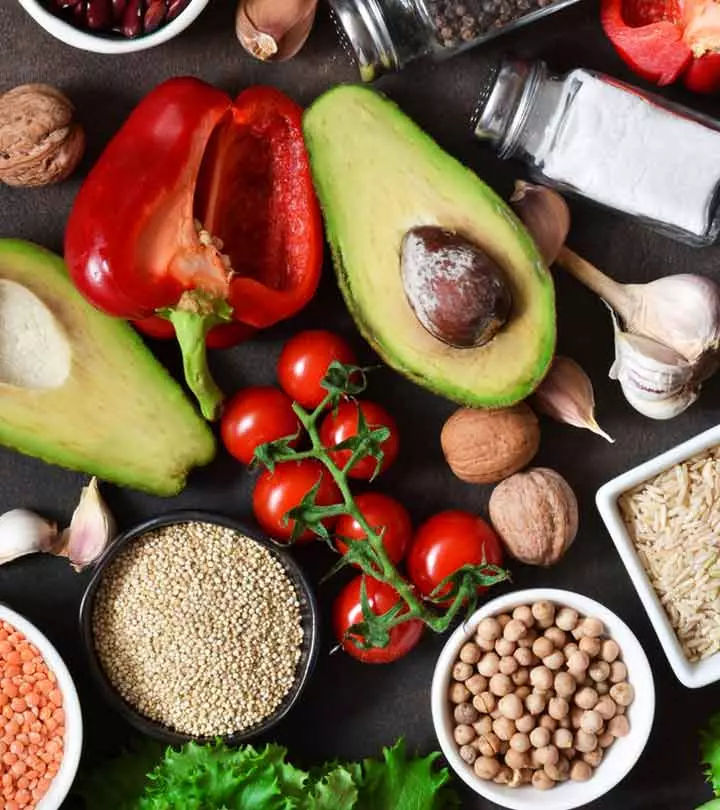

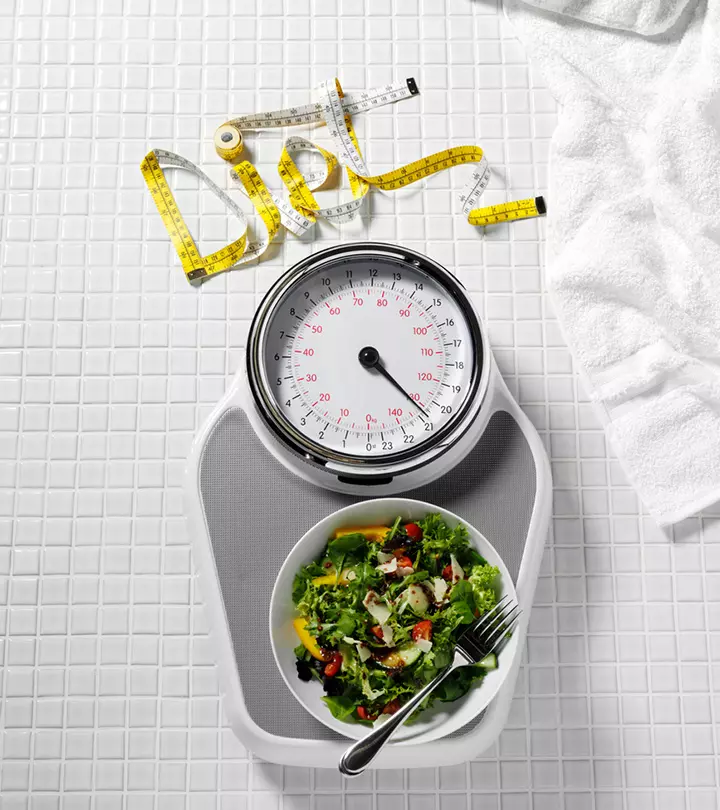

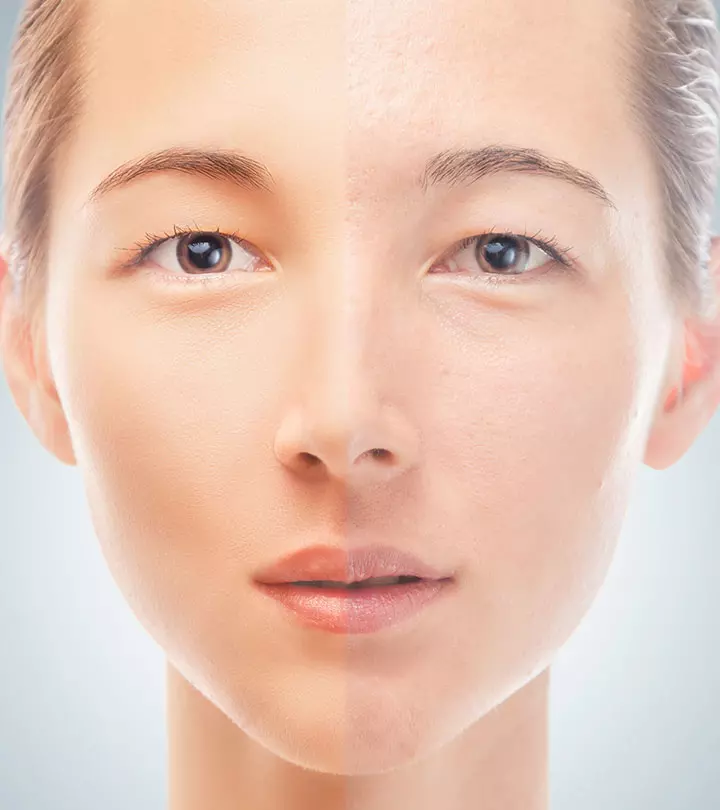

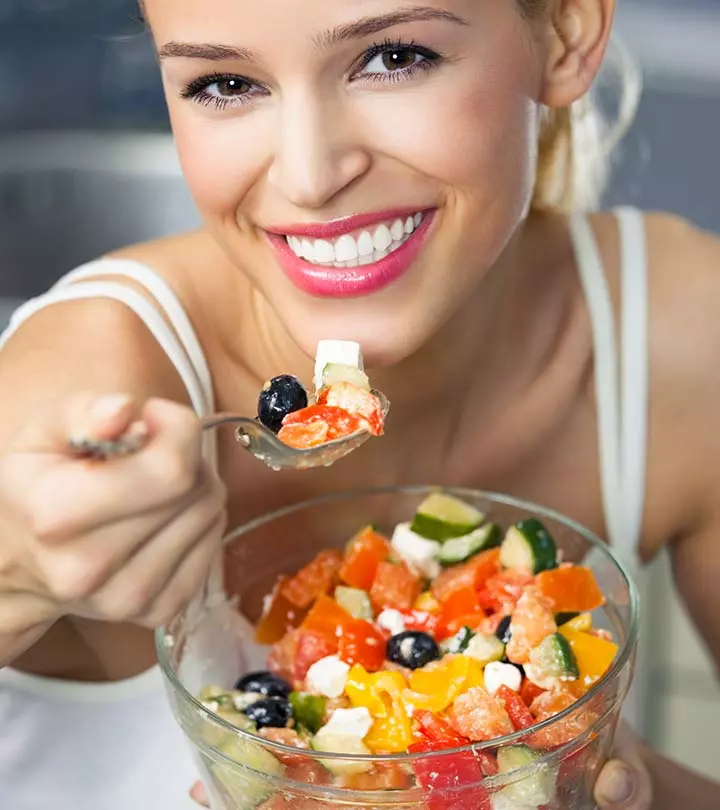



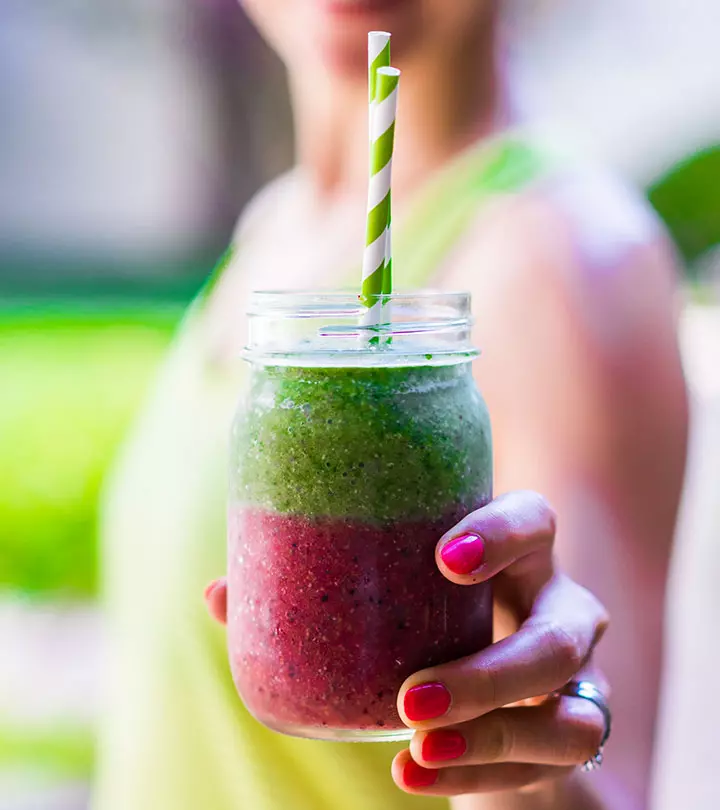

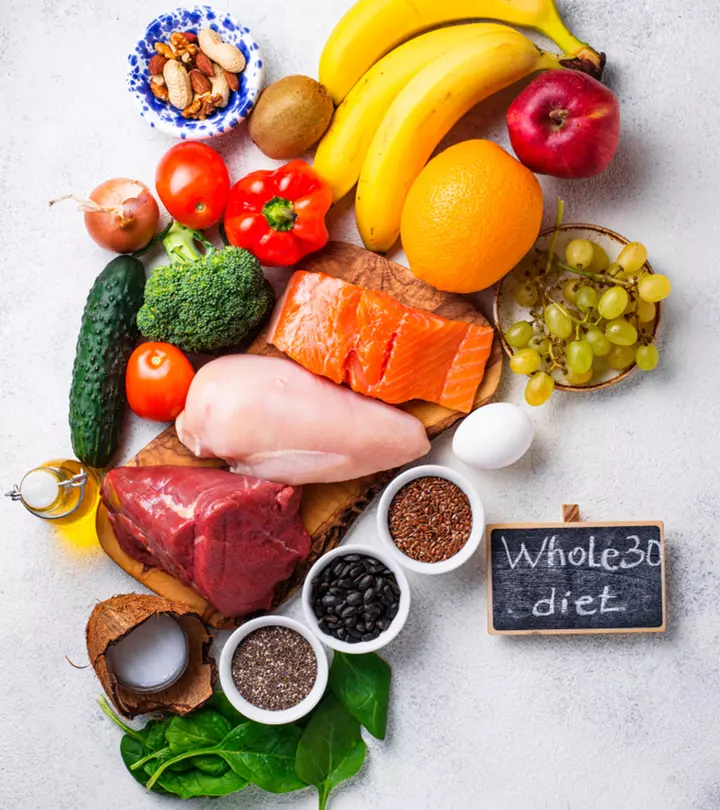
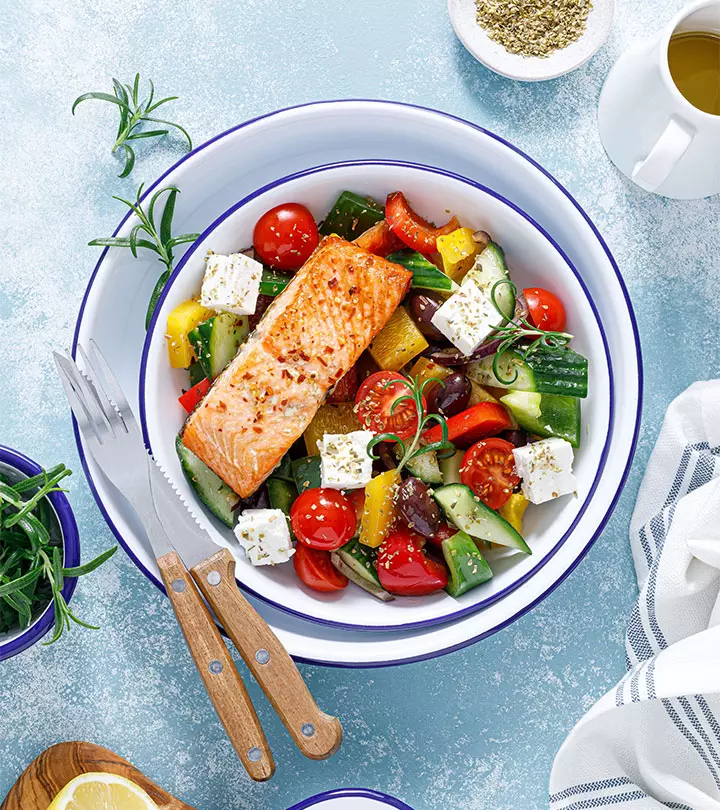
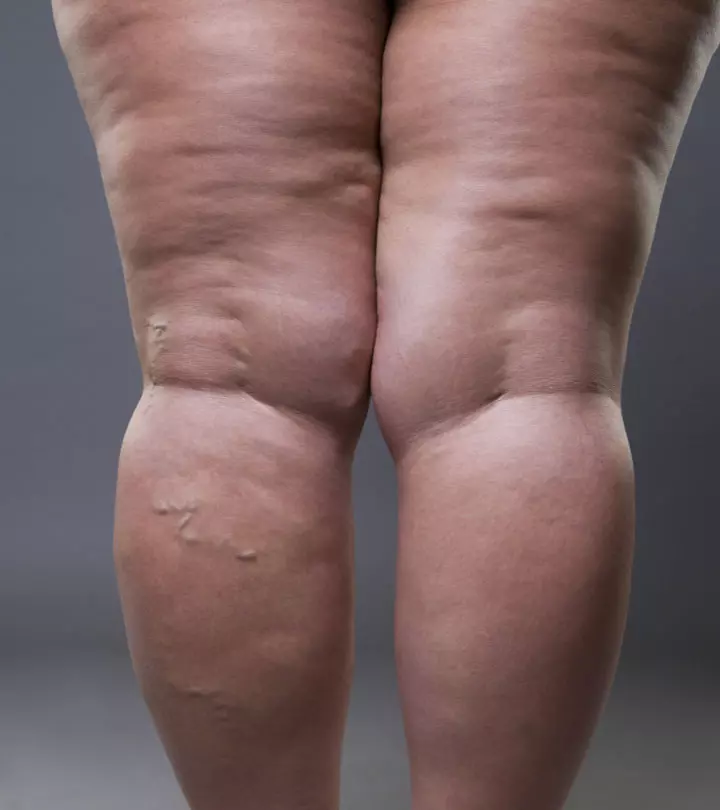





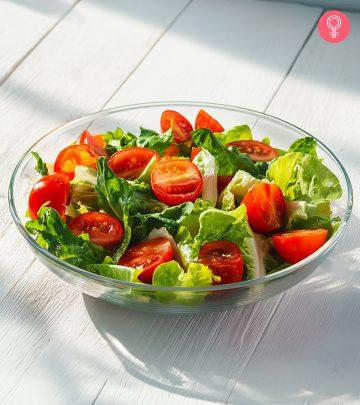
Community Experiences
Join the conversation and become a part of our empowering community! Share your stories, experiences, and insights to connect with other beauty, lifestyle, and health enthusiasts.